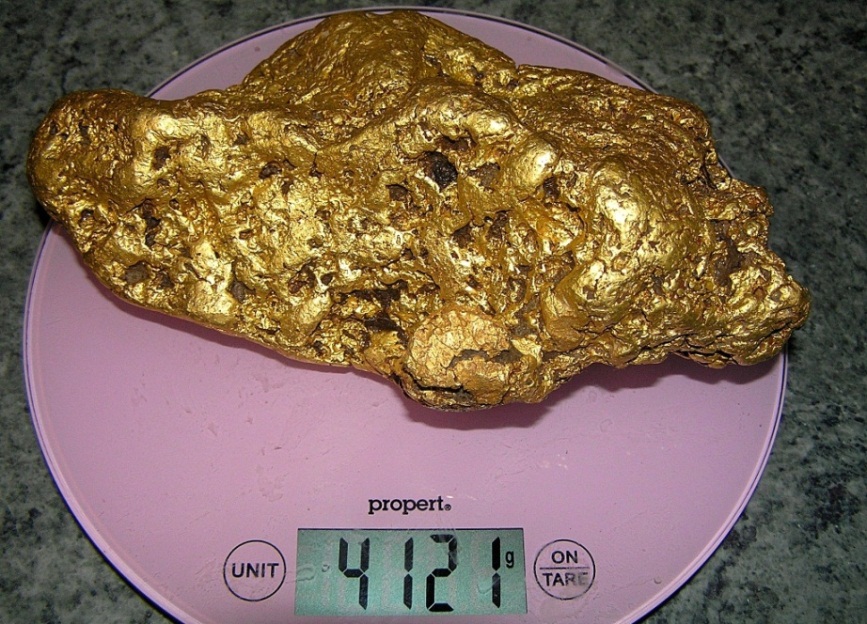


Our CCSD(T) and B2PLYP predictions, replicated by DFT-PBE, all identify the cloverleaf as the most stable isomer MP2 and DFT-M06-L show overestimation of aurophilicity, and favor, respectively, the nonplanar D 2d and T d nuggets in its stead. We find that increasing basis set size within the B2PLYP framework has a greater destabilizing effect on the nuggets than it has on the Au 8 cloverleaf. We then use findings from these high-accuracy computations to evaluate two less expensive DFT approaches, applicable to much larger nanoclusters: alongside the standard functional PBE, we consider M06-L (highly parametrized to incorporate long-range dispersive interactions). Gold nugget burger patty, american cheese, bacon, avocado, lettuce, tomato, red onion and peppadew aioli on a brioche bun STADIUM 15.95 Gold nugget burger patty with american cheese, served on a pretzel bun & served with our beer cheese sauce BACON ME CRAZY 15. 3D preference in Au 8 by presenting our own B2PLYP, MP2 and CCSD(T) calculations on these isomers: these methods afford a better treatment of long-range correlation, which is at the root of gold's characteristic aurophilicity. Au 8 computational studies have had different outcomes: the planar D 4h “cloverleaf” isomer competes with the nonplanar T d, C 2v and D 2d “nugget” isomers for greatest energetic stability. Spectroscopy confirms planarity is preferred at sizes up to Au 7, however, starting with Au 8, the uncertainty remains for larger nanoclusters. The size at which nonplanar isomers of neutral, pristine gold nanoclusters become energetically favored over planar ones is still debated amongst theoreticians and experimentalists.


 0 kommentar(er)
0 kommentar(er)
